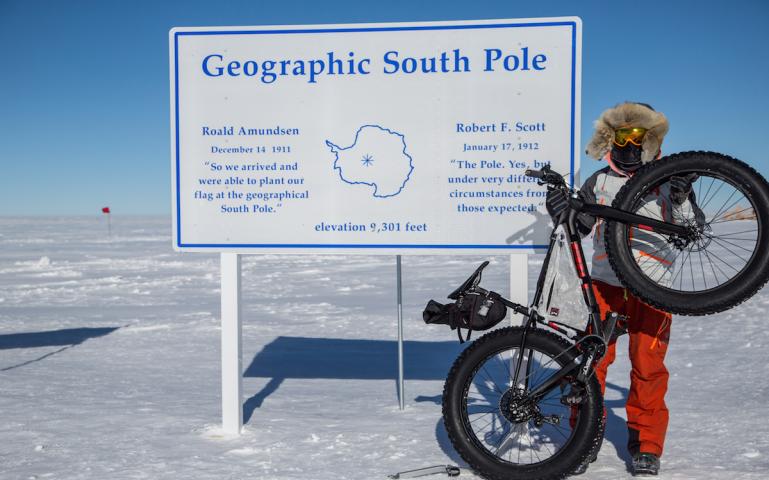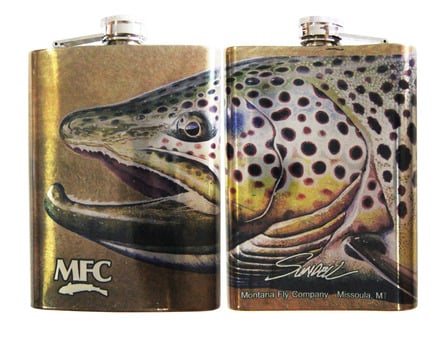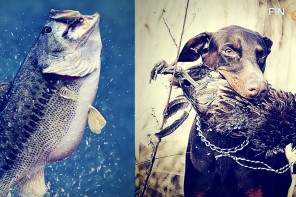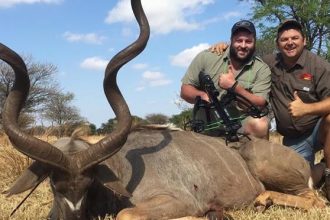
So far, 2018 has kept much of the country shivering. The last choruses of “Auld Lang Syne” swiftly gave way to record-low temperatures throughout the country—not to mention the East Coast’s dreaded bomb cyclone, the sub-50-degree wind chills plaguing North Dakota and Minnesota, and the snowstorms pummeling states as far south and sunny as Florida. The bitter cold shows few signs of relenting—and as any outdoor-loving adventurer can attest, you can only hole up with hot cocoa for so long.
When it comes to getting out there and braving those Arctic blasts, it pays to take cues from the only person to ever summit the North Pole, the South Pole, and Mount Everest within a single year. For the past 15 years, Eric Larsen has made a name for himself as a polar explorer, expedition guide, dog musher, educator, and conservation advocate. Suffice to say, Larsen knows a thing or two about planning and executing human-powered expeditions through the wildest and most remote of winterscapes.
When he’s not out exploring the world and teaching cold-weather adventure courses in Canada, Antarctica, and beyond, the father of two and Wisconsin native calls Boulder, Colorado, home. Seeking cold-weather savoir faire and hacks for staying warm, Sierra recently called up Larsen for the polar explorer’s winter-adventure pro tips.
First things first: Make sure your base-layer game is strong.
“What most people don’t realize is that when it’s 30 to 40 degrees below zero, the concern isn’t about getting too cold, but rather getting too hot,” Larsen cautions. “When you sweat, moisture builds up and can replace the layer of air next to your skin.” Hence, the importance of a close-fitting base layer made from moisture-wicking fabric that allows for ventilation. Larsen prefers the wide range of base layers available through Norwegian technical outfitter Helly Hansen. “They make a variety, and I layer up and down depending on the temperature and the activity. For polar expeditions, they have a great line of mountain apparel.”
Get down with down.
Larsen describes a big down jacket as his “last defense against really cold weather—whether you’re in a sub-zero-degree tent or just walking around town.” He explains, “It’s the lightest-weight and warmest of insulators,” and says he relies on Helly Hansen’s shell jackets. “They use Allied Feather & Down, which is sustainably harvested.”
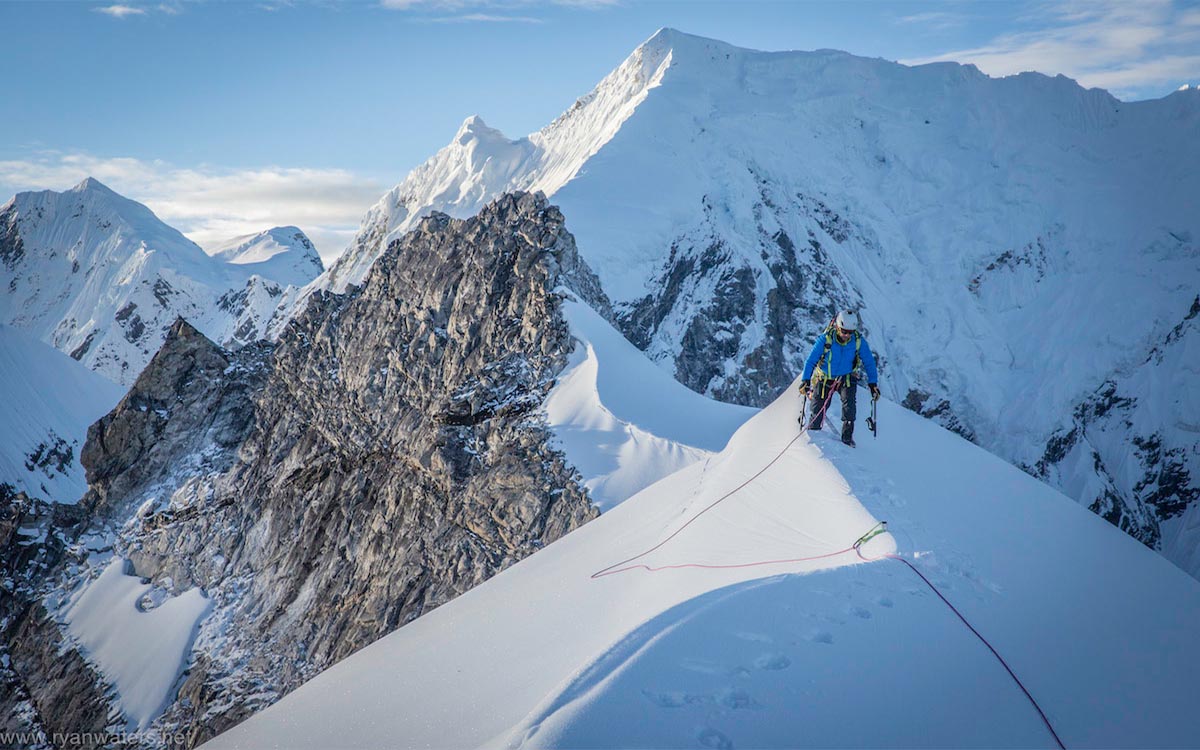
Zip your coat, and keep your hood up!
While hats and gloves are key, Larsen points out that it’s most important to keep the body’s core warm. “I hear people complaining about getting cold, and then I’ll see their jackets unzipped. You want to seal in heat and boost your metabolism, and from there, keep moving around, and add more layers as needed.” For head gear, Larsen recommends starting with a good balaclava and stacking one to two additional hats and neck buffs, as needed. “Keep your systems lightweight, so you can modify.”
Build a good foundation, too.
Waterproof boots are a no-brainer. Beyond that, Larsen is pretty passionate about socks. “Start with a lightweight, wicking layer, and build up to a heavier weight,” he says. “But don’t put on so many that they shut off circulation to your feet!” He explains that feet sweat a lot, which is why they require vapor barriers during polar (and polar-esque) expeditions. “You want to find ways to shield them that won’t add extra bulk.” To that end, Larsen offers a…

